The Nerve Plant, also known as Jewel Plant, Mosaic Plant, or Silver Nerve Plant, is a popular ground cover often grown as a potted houseplant. This evergreen perennial belongs to the Acanthaceae family and is admired for its striking, oval-shaped green leaves adorned with intricate veining in shades of silver, white, pink, or red.
Native to the tropical regions of Bolivia, northern Brazil, Colombia, Peru, and Venezuela, Fittonia thrives in warm, humid environments. Its lush, spreading growth habit makes it an excellent choice for adding vibrant foliage to indoor spaces.
Simple to care for and visually appealing, the Nerve Plant’s colorful patterns bring a lively touch to terrariums, tabletops, and shaded garden areas.
| Common name | Jewel Plant, Mosaic Plant, Nerve Plant, Silver Fittonia, Silver Nerve, Silver Nerve Plant, Silver Threads |
| Botanical name | Fittonia albivenis |
| Family | Acanthaceae |
| Species | albivenis |
| Origin | Bolivia, Northern Brazil, Columbia, Peru, and Venezuela |
| Life cycle | Perennial |
| Plant type | Ground Cover |
| Hardiness zone | 10, 11 |
| Sunlight | Dappled Sunlight |
| Maintenance | Low |
| Soil condition | Loam |
| Drainage | Moist but Well-Drained |
| Growth rate | Slow |
| Spacing | 12 in. – 3 ft. |
| Flowering period | Summer |
| Height | 3 in. – 8 in. |
| Flower color | White |
| Leaf color | Green |
| Stem color | Green |
| Leaf benefit | Long-lasting |
| Uses | Container |
I. Appearance and Characteristics
Fittonia albivenis is a species of flowering plant in the family Acanthaceae, native to the rainforests of Colombia, Peru, Bolivia, Ecuador and northern Brazil. An evergreen perennial, it is notable for its dark green foliage with strongly contrasting white or red veins. It is commonly called nerve plant or mosaic plant.
Fittonia albivenis is a creeping evergreen perennial growing to 15 cm (6 in) high, with lush green, ovate leaves, 7 to 10 cm long, with accented veins of white to deep pink and a short fuzz covering its stems. Small buds may appear after time where the stem splits into leaves. There are also forms in which the nervatura is carmine-red. Flowers are small with a white to off-white color.
The species is used as an ornamental plant that requires fertile soils or substrates based on peat. It is best kept in a moist area with mild sunlight, although it does not demand much light, and temperatures above 55 °F (13 °C). As such, in temperate locations it must be kept under glass as a houseplant.

It must be watered regularly. Without water for a few days, it is known to “faint” but is easily revived with a quick watering and resumes its healthiness. Fittonia albivenis is known to be hard to grow, so it is best bought at a nursery then cared for. Its spreading habit makes it ideal as groundcover.
Numerous cultivars have been selected, falling into two cultivar groups, the Argyroneura Group (formerly F. argyroneura, F. verschaffeltii var. argyroneura) with silver to white veins, and the Verschaffeltii Group (formerly F. verschaffeltii) with pink to red veins, both of which have gained the Royal Horticultural Society’s Award of Garden Merit.
II. How to Grow and Care
Sunlight
As a tropical plant that naturally grows in the humid, bright shade of tropical forests, this plant prefers similar conditions when grown as a houseplant. It dislikes full sunlight, preferring bright, indirect sun, such as that offered by north-facing windows. You should keep a nerve plant under fluorescent lights or near diffused light coming in from a sheer curtain. You can also keep a nerve plant in the bathroom even if there’s low lighting.
Temperature and Humidity
Nerve plant thrives at temperatures around 70 F but will tolerate a range from the low 60s F to low 80s F. These plants prefer humid conditions similar to those found in rainforests. Regular misting will keep the plants from drying out. In arid climates or during the dry months of winter, using a room humidifier may be helpful. Most growers find it’s easiest to grow these lovely but temperamental plants in terrariums, bottle gardens, or covered gardens where they can get the high humidity and diffuse light they love so much. They also do well in steamy bathrooms.
Watering

Keeping the plant appropriately moist can be a challenge. Nerve plant is prone to collapse if it’s allowed to dry out. Although it will recover quickly if thoroughly watered, repeated fainting spells will eventually take their toll on the plant. At the other extreme, Fittonia plants that are allowed to stagnate in water will develop yellowed, limp leaves.
Soil
Fittonia grows well in standard potting soil with a peat moss base. It prefers a slightly acidic soil pH (6.5). The soil should retain some moisture but should also drain well.
Fertilizing
During its growing season, feed plants weekly with a weak dose of liquid fertilizer formulated for tropical plants. A balanced 5-5-5 fertilizer diluted to half strength is a good formulation.
Pruning
Nerve plant grows quickly in the right conditions, and if the stems grow leggy, pinching off the tips will keep the growth full and bushy. Because the flowers are insignificant and boring, pinching off the buds will also help keep the foliage full.
Propagation
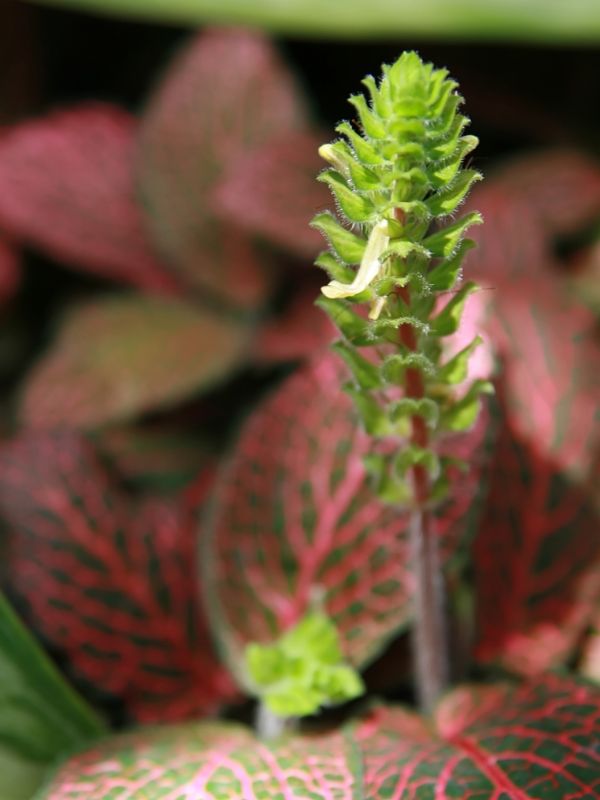
Nerve plants propagate readily from stem-tip cuttings, taken in late spring or early summer, at the same time you repot the plant. (Taking stem-tip cuttings is the best way to propagate nerve plants; planting its seeds isn’t as effective.)
- Using clean, sharp garden shears, make stem-tip cuttings at an angle. Make sure to include at least two growing nodes on the bottom of the cutting to obtain the best results.
- Bury the bottom of the cutting in a pot filled with a peat-based soil mix. Use of a rooting hormone is not usually necessary, but if your conditions are less than ideal (too dry or too cool), rooting hormone might increase your chances of success.
- Once you’ve potted up the cutting, keep the soil moist but not wet. You can expect roots to sprout within two to three weeks.
Potting and Repotting
Any conventional potting soil mix and standard houseplant pot with bottom drainage holes will work for Fittonia. Repot annually in spring or early summer, always using fresh potting soil to prevent soil compaction and waterlogging.
Pests and Diseases
Common Pests
Insect problems include fungus gnats, mealy bugs, or aphids. Infestations should be treated immediately—an insecticidal oil, like neem oil, works well—and keep affected plants isolated to prevent the bugs from spreading to other indoor plants.

Common Problems
Many of the problems associated with Fittonia are the same ones that can affect other tropical houseplants. Nerve plants can appear to be dying but tweaking their environment can save your plants.
Leaves Turning Yellow
When leaves turn yellow it’s the result of too much water. Use a pot with drainage holes to prevent soggy soil.
Leaf Drop
Leaf drop is usually the result of cold temperatures or drafts. Try to mimic the tropical conditions where this species naturally grows.
Dry, Shriveled Leaves
This usually indicates that the plants are not receiving enough humidity, or are receiving too much direct sun. Use a room humidifier in winter when humidity levels can drop significantly. Keep your nerve plant out of direct sunlight.
III. Uses and Benefits
- Medicinal uses
The Kofan, Siona and Secoya tribes of the Ecuadorian Amazon use F. albivenis as a treatment for headaches, and muscular pain, its leaves were used by the Machiguenga as a hallucinogen before they were introduced to Psychotria viridis. They are said to “produce visions of eyeballs.” The leaves of this species are prepared as a tea in the northwestern part of the Amazon region and used for toothache.
- Benefits
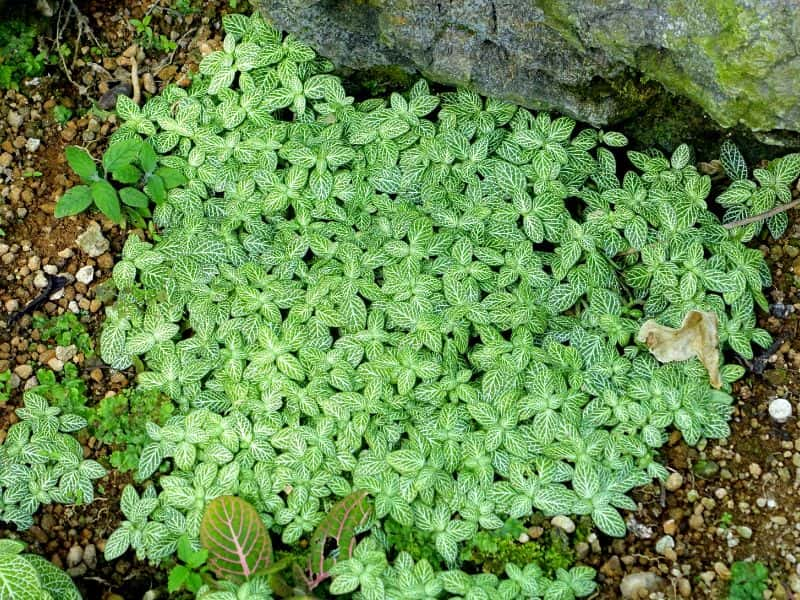
Air purification
Fittonia plants, also known as nerve plants, cleanse the atmosphere by reducing carbon dioxide concentrations in the atmosphere, increasing humidity, and boosting air quality. Additionally, it aids in lowering environmental levels of benzene and nitrogen dioxide.
Decoration purpose
The shrub is also a common indoor plant due to its ornamental qualities. Visitors to your home will notice the plant’s beautiful foliage, which may be hanging or placed wherever in the room.
Treatment of Numerous Issues
Some tribes in the Ecuadorian Amazon used this plant to alleviate headaches and musculoskeletal pain in the past. The stems were used as a tea component and a remedy for toothaches.
Good for Gifting
Because this plant is compact and portable, you may also use it as an option for gifting. This plant can be potted in a Fittonia terrarium, which will undoubtedly enhance the beauty of its leaves.
IV. Types of Nerve Plant
- ‘Argyroneura’: Deep-green leaves with silver-white veins
- ‘Pearcei’:Deep-green leaves and reddish veins
- ‘Frankie’: Light pink and green leaves
- ‘Fortissimo’: Green foliage and red and pink veins
- ‘Red Star’: Boasts bright and cheery pink-red veined leaves
Find Where to Buy the Best Nerve Plant (Fittonia albivenis)





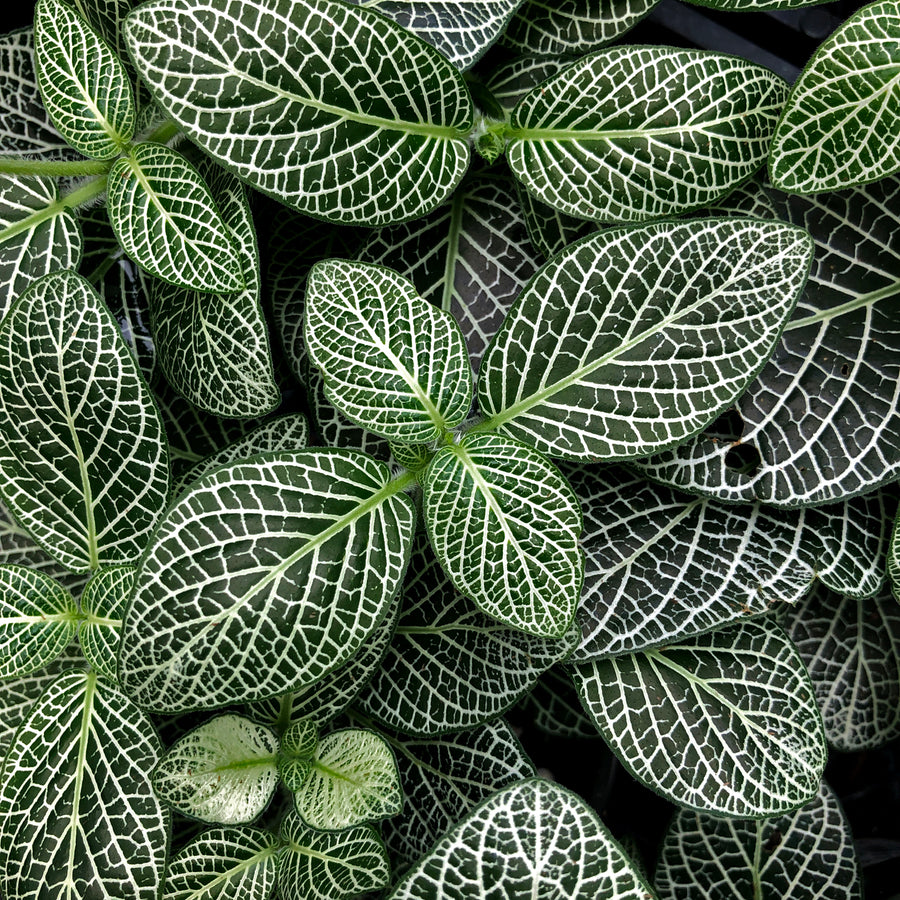

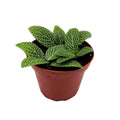

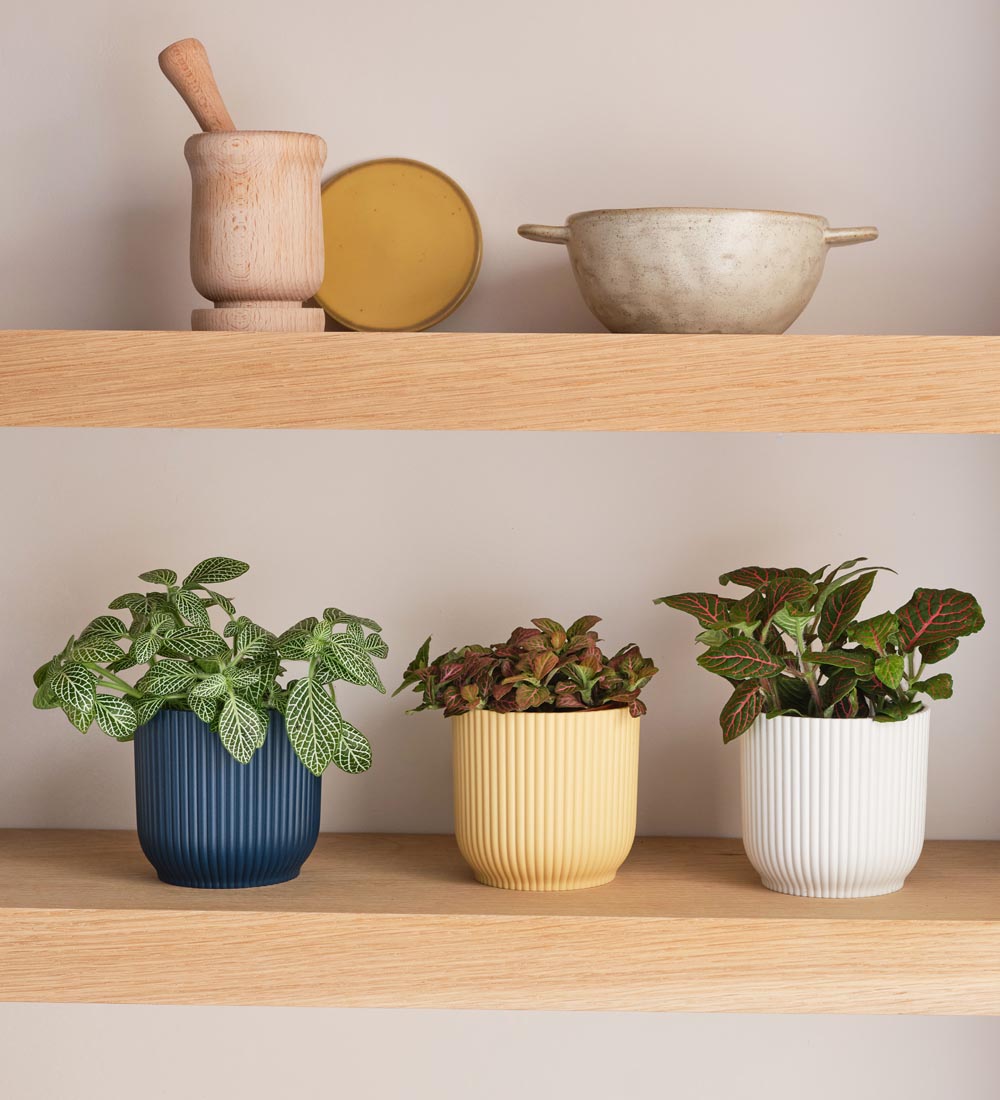
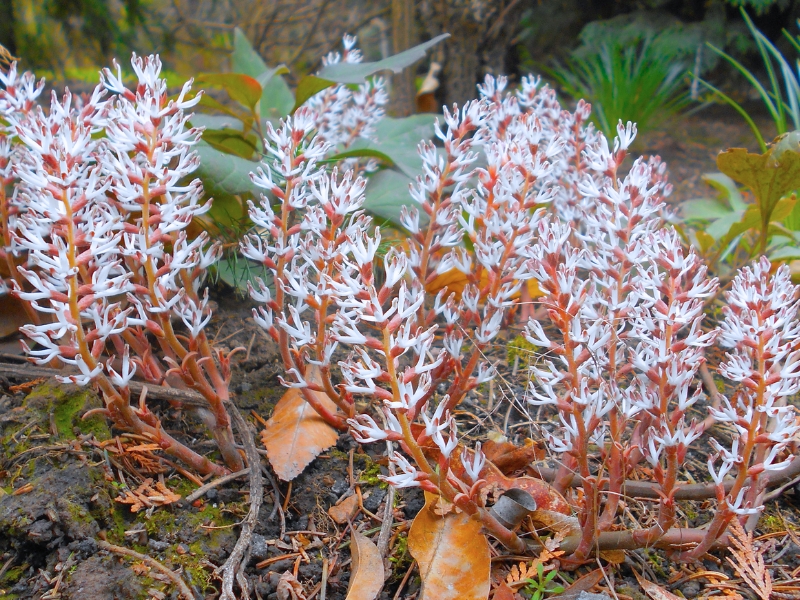

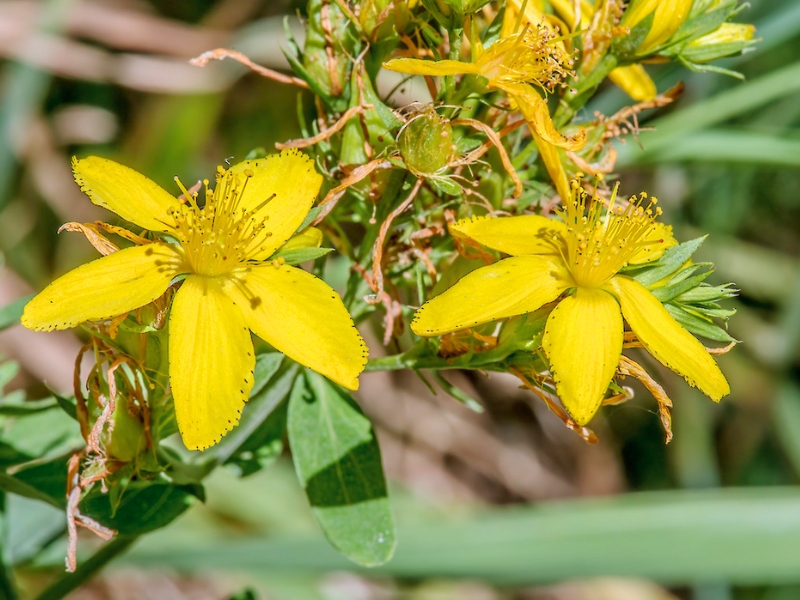
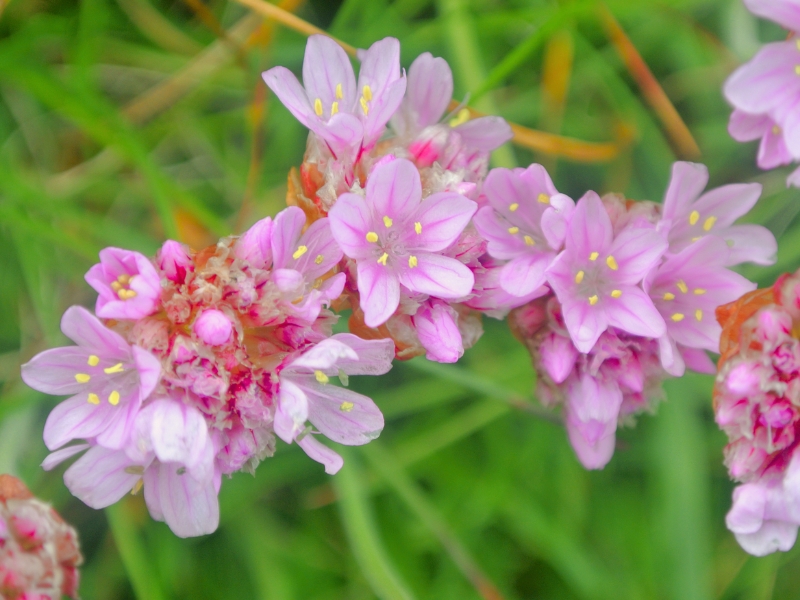
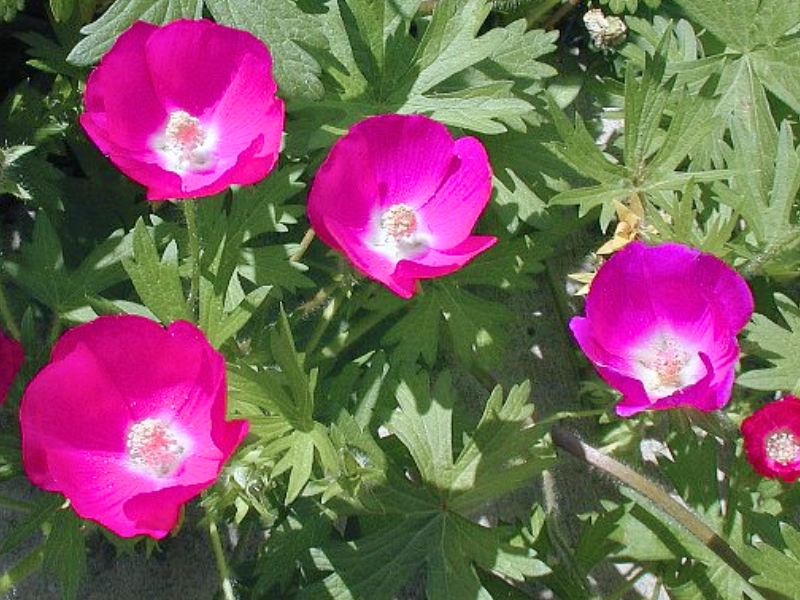
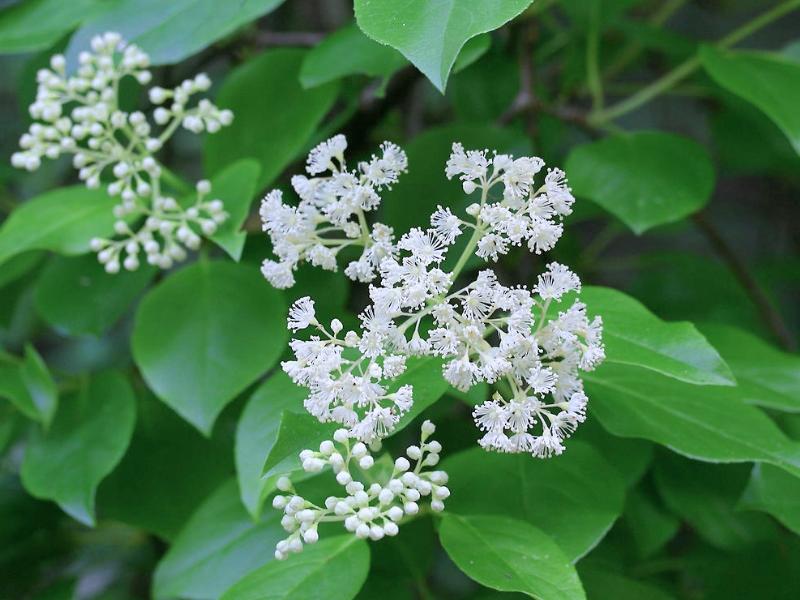
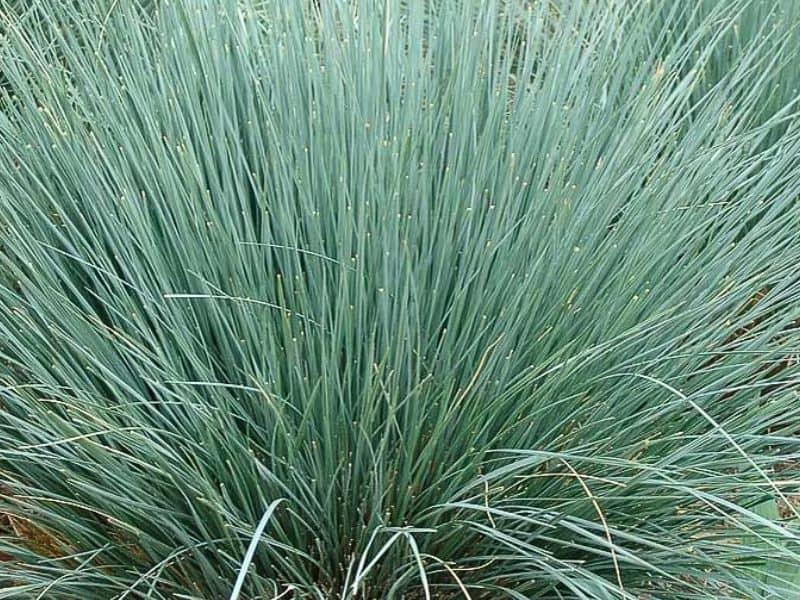
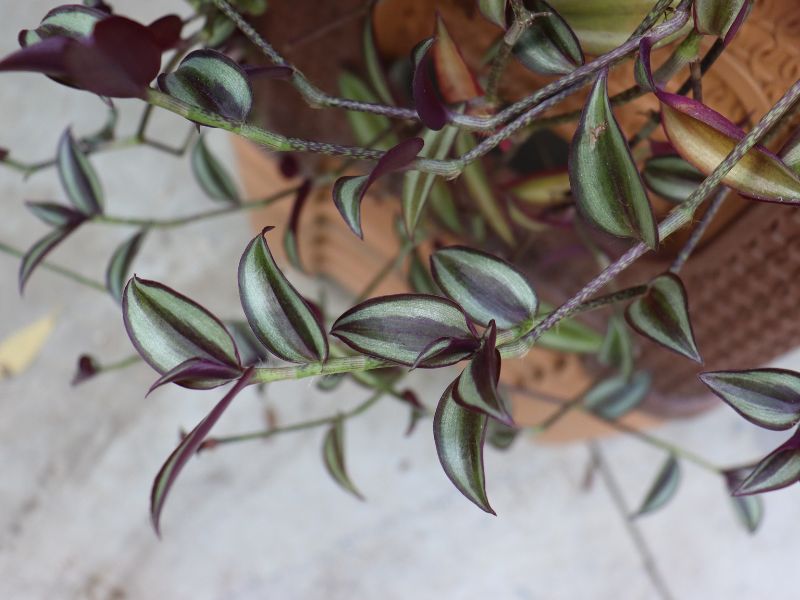
Leave a Reply